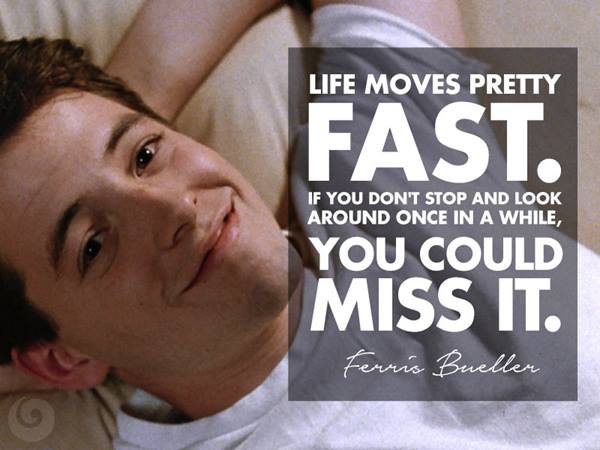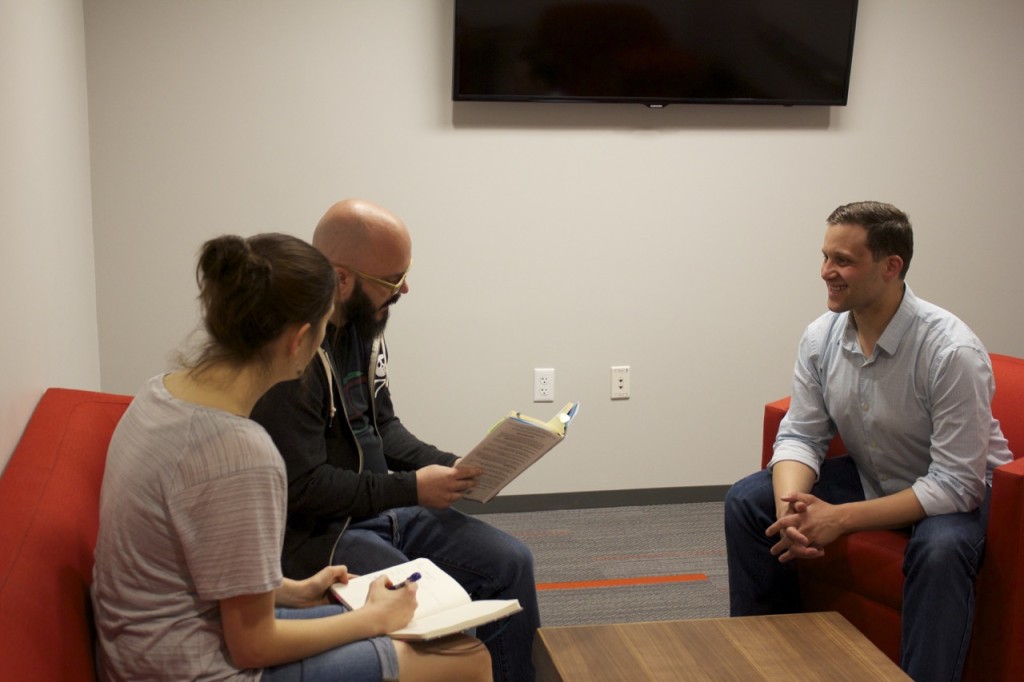
20 Years of MetaGeek, a brief and non-sequ...
Brian Tuttle
Wow, that _did_move pretty fast! I can't believe MetaGeek was founded 20 ye...
Firing people sucks. If you’ve ever had to do it, you know how awful it is. As the CEO of a growing startup, I feel responsible for every person we’ve fired.
Firing people sucks. If you’ve ever had to do it, you know how awful it is. As the CEO of a growing startup, I feel responsible for every person we’ve fired. After the first few firings of people that were obviously not good fits for our company I started searching for a better hiring process, hoping to filter out bad fits before we hired them so that I wouldn’t have to deal with firing them later on. My search led to a book called Who by Geoff Smart and Randy Street. Geoff’s father Brad Smart developed a hiring process called Topgrading; Geoff’s book is the Reader’s Digest version of his father’s Topgrading reference book.

Topgrading Interview at MetaGeek
The Topgrading process is very simple, yet surprisingly effective when used properly, and has helped us reduce the number of misfits that we’ve hired… which has led to fewer people we’ve had to fire.
The Topgrading process starts with a “Scorecard.” The first thing on the scorecard is a 2-3 sentence statement describing the mission of this position. Next, instead of putting a list of required skills in a job posting, list what accomplishments you expect in the next 2-3 years. The more details the better. This forces the hiring manager to really think about what the new hire is expected to do. For example, instead of saying “Proficient with Microsoft Word” on the posting for a marketing position, say “Write a high quality blog post weekly.”
One of the goals of the scorecard is to discourage B and C level candidates from even applying, so on our scorecards we also list our core values, and a few paragraphs describing the culture of the company.
After we’ve created the scorecard we publish it to our website and sometimes to job sites like Craig’s List. We’ll also proactively recruit potential candidates from our own networks by having employees share the job posting on their social media accounts, with friends, etc.. For higher level positions we’ve also found LinkedIn Recruiter to be a valuable tool for finding potential candidates in the Boise area.
After we find potential candidates the next step is the phone screen. The goal of the phone screen is to weed out B and C level candidates in 15 minutes or less, so that we can devote more time to in-person interviews with the potential A level candidates. The phone screen consists of a few simple questions:
The responses to these questions quickly reveal whether a candidate might be a good fit for our company and specifically for this position. I really like the question about what their last few bosses would rate them; it’s amazing how honest people will be!
After at least three people have passed this phone screen we move on to the in-person Topgrading Interview, which is a 2-3 hour interview conducted by HR (aka Craig) and the hiring manager. With the candidates resume in hand, we ask the following five simple questions for each job they’ve had in the last fifteen years.
What were you hired to do?
What accomplishments are you most proud of?
What felt unfair during that job?
Who were the people you worked with?
Why did you leave that job?
After finding out why someone left a job, we move on to the next job on their resume and ask the same questions again, and again and again, until we reach the present day. Usually the hiring manager will ask the questions and be fully engaged with the candidate, while HR takes notes and keeps the questions on target if the conversation veers too far or too deep.
The first time we used the Topgrading process four years ago I was amazed at the patterns that were immediately obvious! People leave jobs for the same reason over and over again! Others are proud of accomplishments that had nothing to do with what they were hired to do. Others never get along with their boss… EVER.
After the Topgrading Interview, the hiring manager and HR discuss the interview and give thumbs up or thumbs down. If they don’t both give a THUMBS UP!, then it’s a thumbs down and we pass on that candidate. If the candidate passes the Topgrading Interview, which is mostly a test for culture fit, we’ll do a technical interview to assess job fitness. That interview is 1-2 hours depending on the job, and is also conducted by two people on our staff; usually the hiring manager and someone from that team.
The Topgrading process has taken the gut instinct out of hiring and given us a process to analyze for cultural fit as well as technical fit. We haven’t had to fire anyone that we’ve hired since we became truly serious about Topgrading about two years ago. Using the Topgrading process requires about 25 hours of work per hire from drafting the scorecard to sending the offer letter. Such a small investment for amazing results 🙂
Subscribe to Signifi Personal.

If you're ready to take control of your Wi-Fi and make it feel like magic for your users, we are here to help.